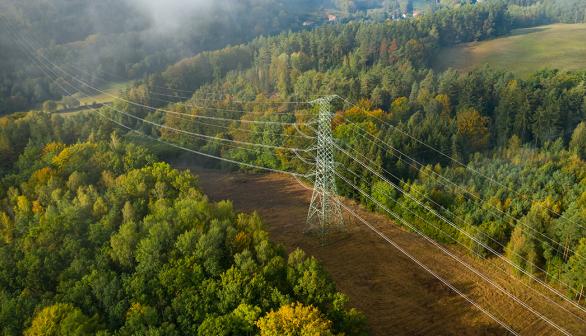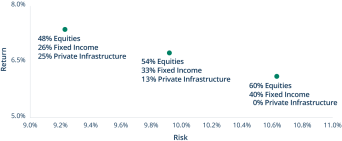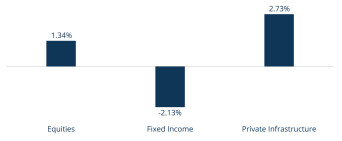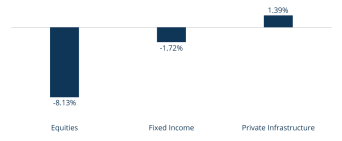Outlook & Opportunities
Infrastructure
Investing in the Infrastructure Supercycle
Infrastructure is the backbone of the global economy. Utilities bring power and water to our homes; ports and ships move our goods; cell towers keep us connected; and hydro plants power our daily lives. Those are just a few of the many ways that infrastructure is crucial to how society functions.
As global megatrends like digitalization, decarbonization and deglobalization gain momentum, infrastructure is playing a key role in reshaping the future and generating attractive opportunities for a wide range of investors.
Hear from our strategy leaders on the macro forces driving infrastructure development and where we see compelling opportunities.

Top Insights
Explore our latest insights on the macro forces driving infrastructure development, and where we see compelling opportunities.
The Potential Benefits of Investing in Infrastructure
Infrastructure assets can offer a compelling combination of diversification, downside mitigation, inflation mitigation, income and long duration. That’s why we believe that infrastructure is one of the few asset classes positioned to address near-term factors—such as elevated inflation and interest rate volatility—while offering compelling long-term return potential amid the supercycle underway.
Our Infrastructure Investments Around the World
Spanning rail connections, data centers, utilities, hydropower plants, telecom towers and more, our infrastructure businesses provide essential services to people around the world.
Explore our reach on the map highlighting some of our key infrastructure assets.

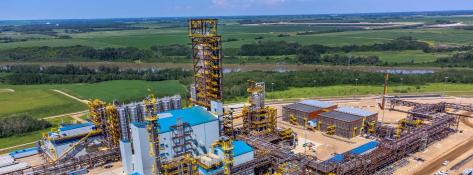
Inter Pipeline
Energy infrastructure network that transports, processes and stores commodities, delivering sources of supply to demand centers across North America.

Summit Digitel
Telecom towers in India, supporting the growth of one of the world’s fastest-growing digital economies.

GD Towers
Telecom towers in key European markets, providing nationwide 5G coverage in Germany and Austria.
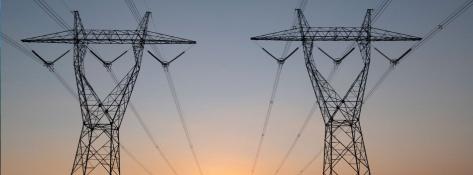
AusNet
Electricity transmission network distributing gas and electricity to 6.6 million people in Australia.

Genesee & Wyoming
Regional railroads in North America and Europe, providing critical first- and last-mile connections to thousands of customers.
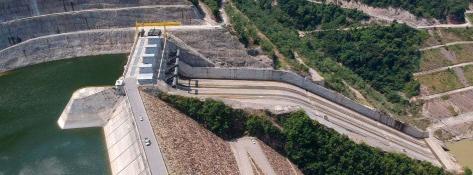
Isagen
Hydroelectric facilities that supply ~20% of Colombia’s electricity.
Compass Datacenters
Data centers that are developed and operated for some of the world’s largest companies.
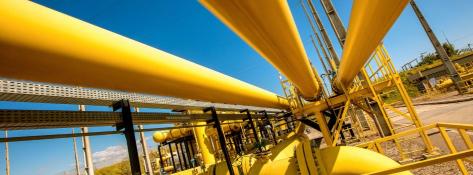
NTS
Natural gas pipelines that provide supply to key markets in Brazil, including Rio de Janeiro and São Paulo; the pipelines fulfill more than 50% of Brazil’s natural gas demand.
Intel
A first-of-its-kind partnership with Intel to jointly fund the construction of a $30 billion semiconductor fabrication facility.
Meet our Leadership
As one of the world’s largest infrastructure investors, we own and operate assets that deliver essential goods and services.
Explore Our Infrastructure Business
We use our decades of experience, scale and global reach to pursue value and impact at the same time.
Index Definitions
The Bloomberg Global Aggregate Index is a market-capitalization-weighted index comprising globally traded investment-grade bonds. The index includes government securities, mortgage-backed securities, asset-backed securities and corporate securities to simulate the universe of bonds in the market. The maturities of the bonds in the index are more than one year.
The Burgiss Infrastructure Index represents a horizon calculation based on data compiled from infrastructure funds, including fully liquidated partnerships. There are limitations to the Burgiss data provided given limited coverage, reporting lag and different valuation methodologies. Further, private infrastructure funds that are included in the index choose to self-report. Thus, the index is not representative of the entire private infrastructure universe and may be skewed towards those funds that generally have higher performance. Over time, funds included and excluded based on performance, may result a "survivorship bias" that can result in a further misrepresentation of performance.
Consumer Price Index (CPI) is a measure of the average change in prices over time in a fixed market basket of goods and services.
The MSCI World Index is a free float-adjusted market-capitalization-weighted index that is designed to measure the equity market performance of developed markets.
Investment Terms
Standard deviation is a commonly-used measure of the risk/reward profile of the risk/reward profile of traditional portfolios and broad market indices. As applied to alternative investment funds and strategies, however, these statistics may materially understate the true risk profile of an alternative investment because alternative investment funds are subject to a loss of principal which is not reflected in the standard deviation of returns, the only measure of risk used in calculating standard deviation
General
All investing involves risk. The value of an investment will fluctuate over time, and an investor may gain or lose money, or the entire investment. Past performance is no guarantee of future results.
Infrastructure companies may be subject to a variety of factors that may adversely affect their business, including high interest costs, high leverage, regulation costs, economic slowdown, surplus capacity, increased competition, lack of fuel availability, and energy conservation policies.
Assets shown are for illustrative purposes only. There is no assurance that similar investments or results will occur in the future.




